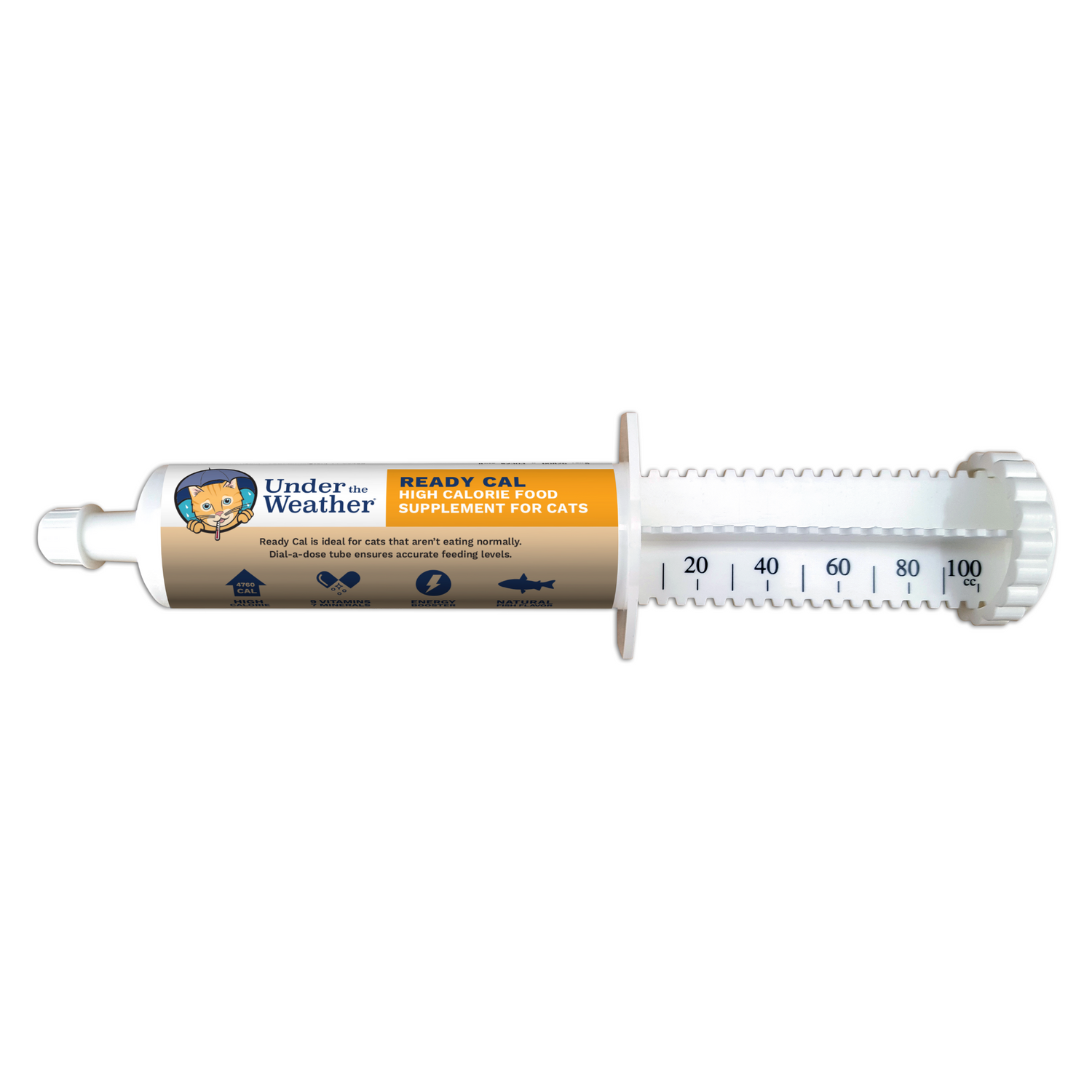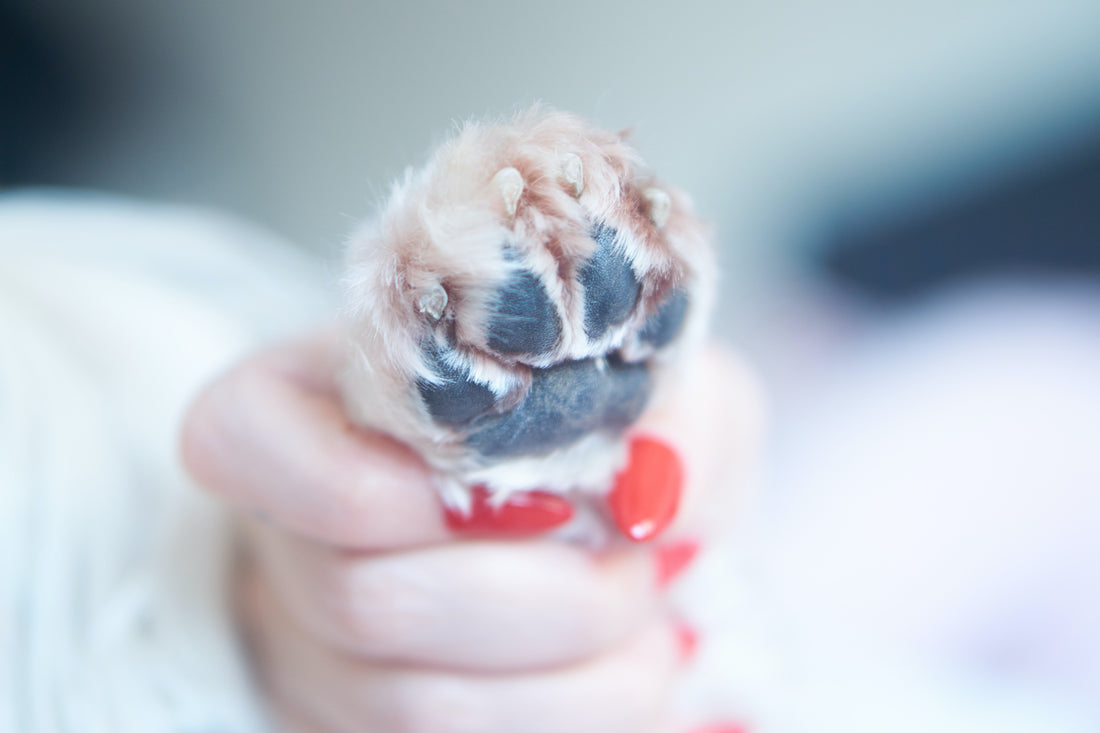Whether you choose to do it yourself, or bring them to a groomer or vet, regular nail care is an essential part of your dog’s health and hygiene. As most of us know, many dogs do not like having their nails trimmed, so making the experience as easy and as pleasant as possible is key.
Tips For SUCCESSFUL at Home Nail Care!
Touch their feet!
Whether you just got a puppy, or a 6-year-old rescue dog, it’s important to get them used to having their feet handled as soon as possible. This will be helpful, not only for nail trimmings, but also if your dog has any type of foot injury that may require medical attention.
Introduce the Tools
Whether you use clippers, scissors, or grinders, it’s super important to familiarize your dog with your nail cutting tools. The easiest way to do this is to take them out frequently, even when you do not intend to cut their nails, and allow your dog to sniff, and just be around them. Use treats to create an even more positive experience.
Promote Calmness
For many people, cutting their dog’s nails is a stressful and annoying task, made worse by their dog’s anxiety and fear. Because dogs quickly pick up on our moods and emotions, do your best to promote a sense of calm, not only within yourself, but also within your surroundings. This in turn, will help your dog feel more relaxed, resulting in a positive experience that they can build on. To further promote calmness, you may consider a calming dog product.

Trim, Even When Not Needed!
And I’m sure you’re thinking, why would I ever do that? Well, there are several benefits to cutting your dog’s nails more frequently, as opposed to waiting until they absolutely need it. Not only will this begin to desensitize a nervous dog to the process, it will also reduce the risk of cutting off too much of the nail and accidentally hitting “the quick”, the soft tissue that surrounds the blood vessel within the nail. This mishap happens more frequently when nails are too long. Not only can it cause bleeding and pain, some dogs may even experience this as a traumatic event, making them even more resistant to future nail cuttings.
Reward and Praise
What About That 5th Toe? What are Dew Claws?
Many people ask, “What are dew claws, and should I have them removed?” The answer is, No. This so-called, “5th toe”, is located on the inside of a dog’s front legs, and a few breeds actually have them on their back legs as well. Dew claws do serve a purpose, they provide stability when running, traction when making sharp turns, and are also used to hold objects like a bone, similar to the way we use our thumbs.

Without proper care, a dog’s dew claw nail will curl into a kind of sharp hook making it highly prone to getting caught on all kinds of things, often ripping the entire nail off, exposing the extremely sensitive nail-bed. Just the position of the dew claws makes them more difficult to trim, but letting them grow too long can set you up for a trip to the ER vet.
Nail Injuries
Although dew claws are more vulnerable than your dog’s other nails, any nail injury can easily result in a lengthy recovery period, and are prone to infection simply due to the location. They are also extremely painful and should require sedation when receiving treatment. Along with bandaging and antibiotics, nail injuries will need to be kept clean and treated with an anti-bacterial to prevent infection.
Nail injuries also present a more difficult situation for an active dog that is used to daily exercise. So, not only will you be dealing with a sad dog, you’ll most surely be dealing with “The cone of shame” (Elizabethan collar) multiple meds, a sizable vet bill, and a lot of frustration!

While trimming your dog’s nails may be a task you dislike, it remains an essential one, not only to prevent a potential costly injury but more importantly, to keep your best friend comfortable and happy!
Products related to this article:
Every Sale Supports a Shelter Pet. Learn More.
Created in Vermont. Learn More.
If you suspect your pet is sick, call your vet immediately. For health-related questions, always consult your veterinarian, as they have examined your pet, know the pet's health history, and can make the best recommendations for your pet.






